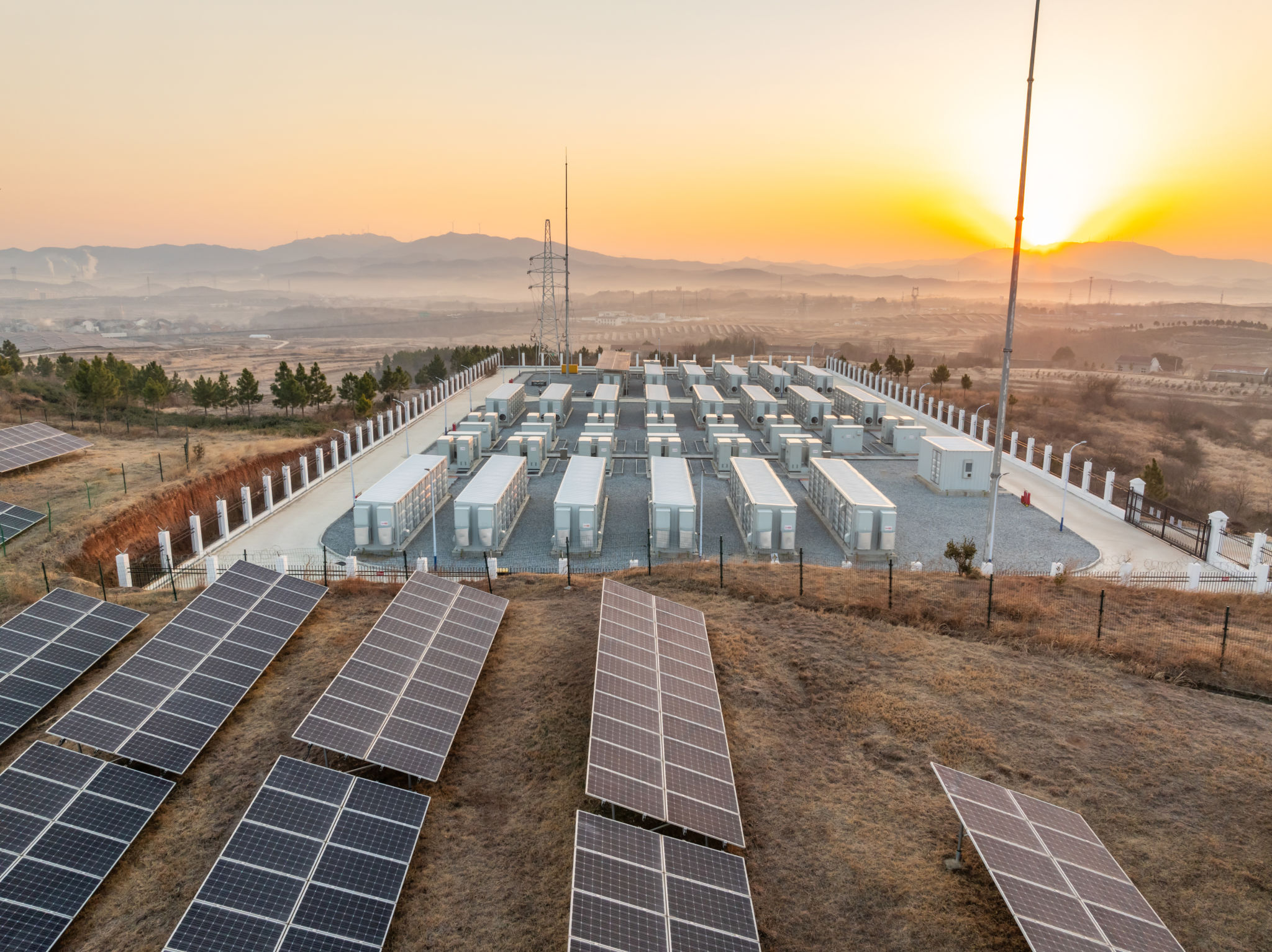Exploring National Renewable Networks: Transforming Australia's Energy Landscape
Introduction to Australia's Renewable Energy Potential
Australia is uniquely positioned to harness the power of renewable energy sources, thanks to its abundant natural resources. From solar and wind to hydro and geothermal, the nation has a wealth of options to explore. As the world shifts towards more sustainable energy practices, Australia stands at the forefront of this transformation, aiming to reshape its energy landscape significantly.

The Rise of Solar Power
Solar energy has become a cornerstone of Australia's renewable energy initiatives. With its vast, sun-drenched landscapes, the country is ideally suited for large-scale solar farms. The declining cost of solar technology has further accelerated its adoption, making it an attractive option for both urban and rural areas.
Solar panels are now a common sight on rooftops across the nation. This widespread adoption is not just a testament to their efficiency but also to the growing awareness among Australians about the benefits of renewable energy. The government's support through incentives and subsidies has played a crucial role in this solar revolution.
Harnessing Wind Energy
Wind energy is another pillar of Australia's renewable strategy. Coastal regions and open plains provide ideal conditions for wind farms, which are steadily increasing in number and capacity. Technological advancements have made wind turbines more efficient, further enhancing their viability as a key energy source.

Communities are increasingly welcoming wind projects, recognizing their potential to create jobs and stimulate local economies. As more projects come online, wind energy is expected to play an even larger role in reducing the country's reliance on fossil fuels.
Hydropower and Geothermal Energy
While solar and wind dominate the renewable landscape, hydropower and geothermal energy offer additional avenues for growth. Australia's diverse topography includes rivers and hot springs that can be tapped for clean energy generation.
Hydropower is already a significant contributor to the national grid, and there is potential for expansion with careful environmental management. Geothermal energy, though less developed, presents an exciting opportunity for future exploration and investment.

The Role of Government Policy
Government policy is pivotal in driving the renewable energy sector forward. Initiatives aimed at reducing carbon emissions and promoting clean energy solutions are essential for meeting international commitments and ensuring sustainable growth.
Key policies include setting clear targets for renewable energy production and providing financial support for innovation and infrastructure development. Through these measures, the government aims to facilitate a transition that not only meets current needs but also preserves resources for future generations.
Challenges and Opportunities
Despite the promising outlook, several challenges remain in the quest for a fully renewable energy landscape. Integration into the existing grid, storage solutions, and regulatory hurdles are some of the issues that need addressing.

However, these challenges also present opportunities for innovation and collaboration. By fostering partnerships between the public and private sectors, Australia can develop solutions that enhance reliability and efficiency across the network.
The Path Forward
The journey toward a renewable future is complex but filled with potential. By embracing diverse energy sources and leveraging technological advancements, Australia can achieve a more sustainable and resilient energy system.
Ultimately, transforming Australia's energy landscape requires a concerted effort from all sectors of society. Through continued investment, research, and community engagement, Australia can lead the way in renewable energy development and set an example for others to follow.